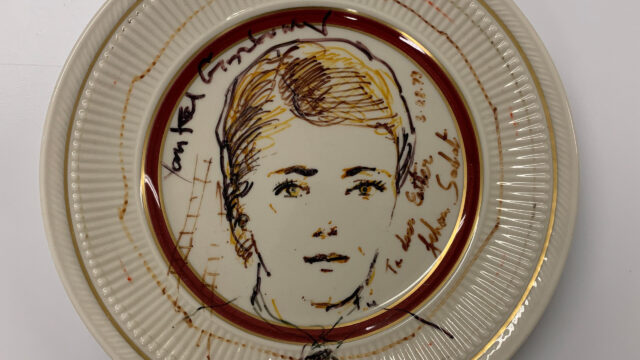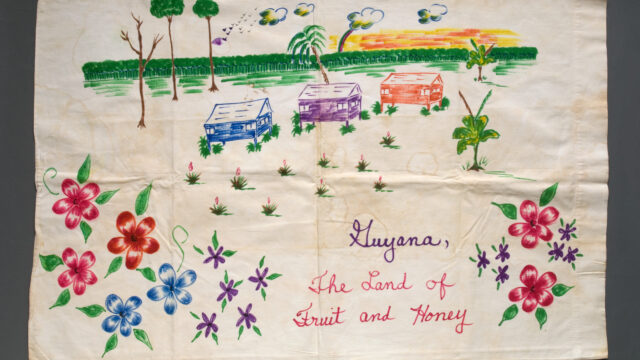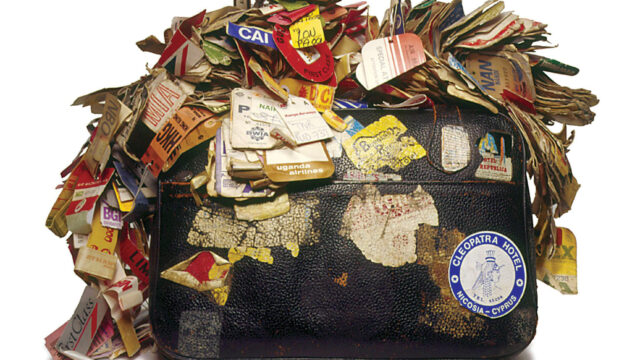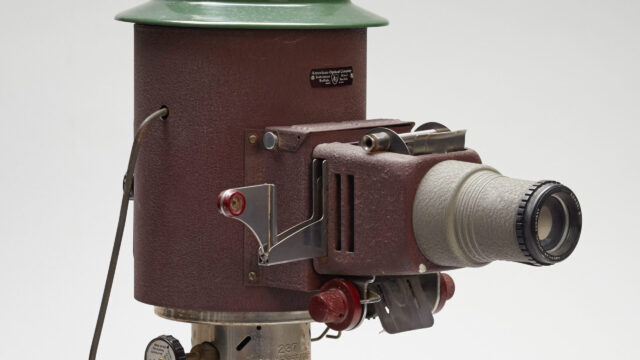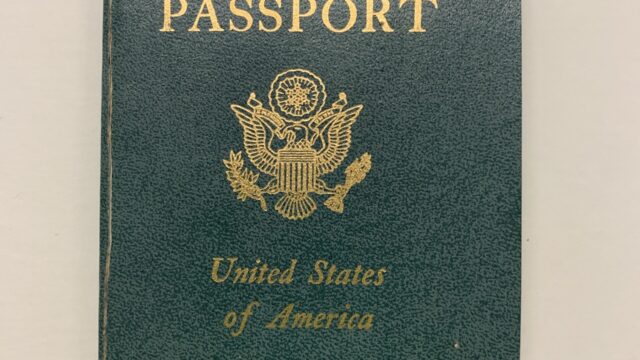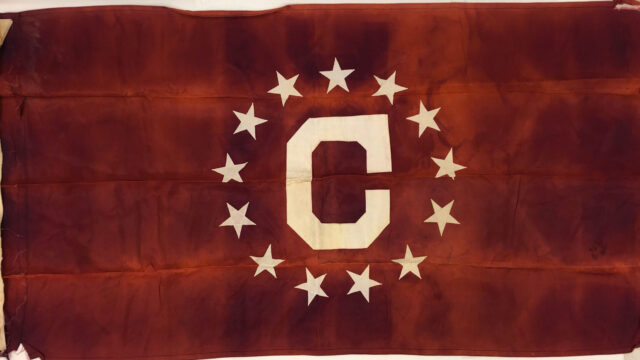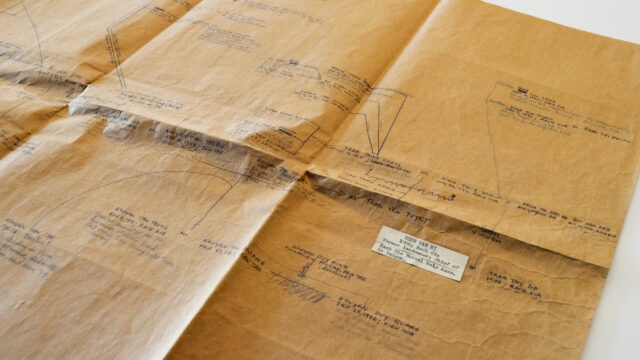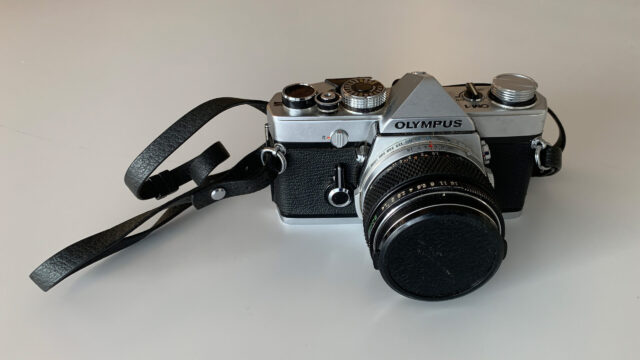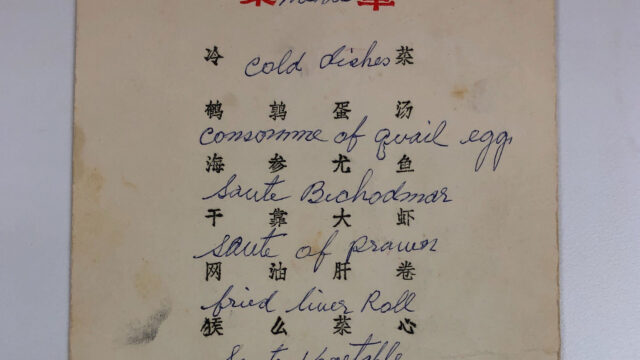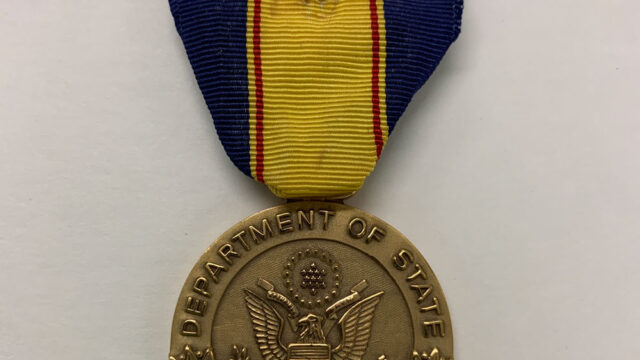Item
Inscribed Plate from Jehan Sadat
In September 1978, U.S. President Jimmy Carter invited Egypt’s President Anwar Sadat and Israel’s Prime Minister Menachem Begin to the United States for peace negotiations. It would result in the historic Camp David Accords, bringing peace between the two countries. In the runup to that meeting, Esther Coopersmith, a well-known Washington, DC…
